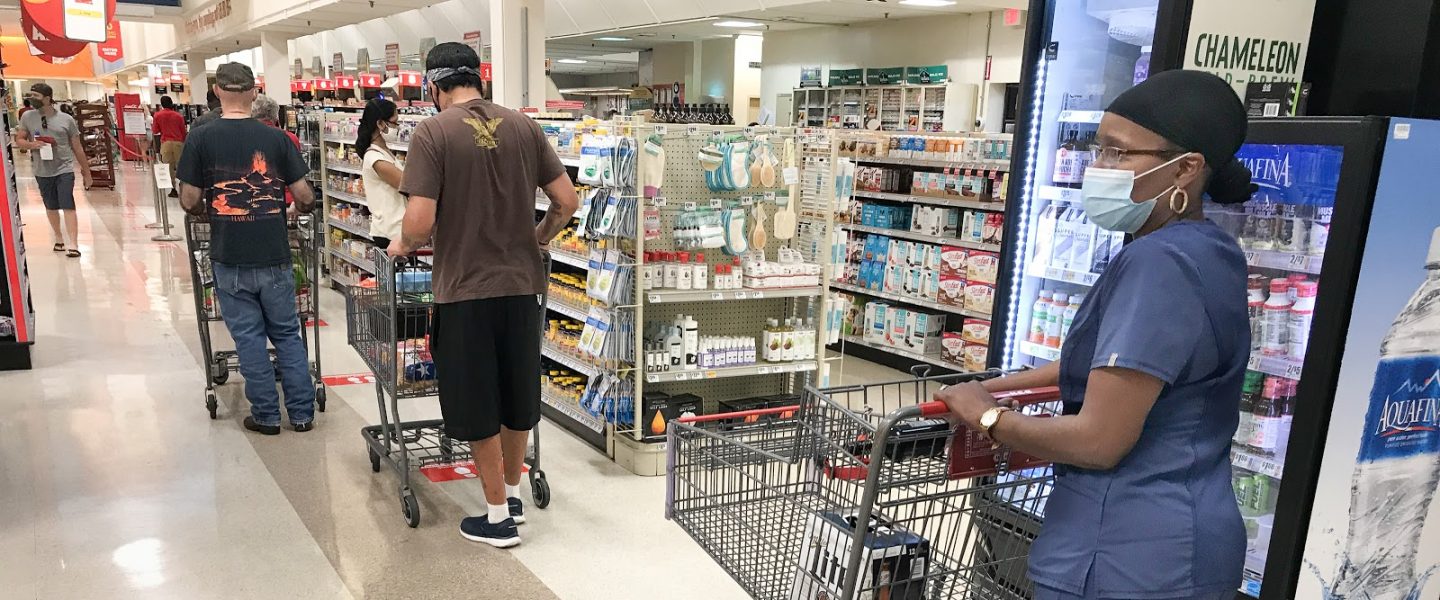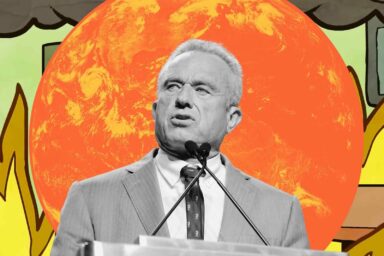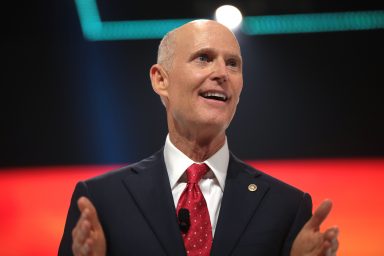After months of shuttered schools, business restrictions, and mask mandates, Texans anxious to get back to a pre-pandemic reality are getting their wish.
|
Listen To This Story
|
The US has passed the first year in its battle against the COVID-19 pandemic, one marked by social distancing, mask-wearing, and endless sacrifices. The apprentices in WhoWhatWhy’s Mentor-Apprentice Program documented the changes that continue to shape life in their hometowns, offering a unique snapshot of the spread of the coronavirus to date and the efforts made to overcome it. Here are their stories:
Life in Texas was relatively ordinary in the early months of 2020, before COVID-19 spread throughout the United States, creating a new reality in its wake. It began with the cancellation of Austin’s world-renowned film festival, South by Southwest (SXSW), one of several large events called off due to the outbreak. Virtual events, shuttered schools, and restricted businesses became the new normal as life quickly changed in reaction to the virus. For Texans, the urge to return to a pre-pandemic reality is stronger than it was just over a year ago when the virus first arrived in the US.
As of March 5, 2021, the Texas Department of State Health Services (DSHS) reported 2,314,187 confirmed cases, approximately 8 percent of the state’s population, and 44,134 deaths. Despite the high case count, Texas Gov. Greg Abbott (R) revoked the statewide mask mandate on March 2, 2021, and reopened business to full capacity under Executive Order GA-34. While businesses or establishments can still require face coverings and additional hygiene measures for their employees and customers, no individual will be penalized for failing to comply “except that a legally authorized official may enforce trespassing laws and remove violators at the request of a business establishment or other property owner.”
The new order conflicts with current Texas Education Agency (TEA) standards set in July 2020 allowing K-12 students to choose between in-person or remote learning “initially, or at any point as the year progresses” for the 2020-21 school year. Since Abbott lifted the mask mandate, the TEA updated its public health guidelines to allow public schools to continue their current mitigation practices and mask policies.
One argument for adopting more lax COVID-19 regulations centers around the decrease in hospitalizations across the state, from January’s record high of 14,218 hospitalizations to 5,065 as of March 5. According to the Texas Tribune’s Coronavirus Tracker, approximately 7.4 percent of the state’s hospital beds are currently occupied, giving politicians hope that there will be enough space to treat patients even as the pandemic continues. COVID-19 mitigation strategies can be reinstated in regions where the hospital bed capacity surpasses 15 percent for seven days straight, as outlined by Abbott’s recent executive order.
This comes at a time when the Texas DSHS reported that vaccines are currently available for those included within Phase 1A and Phase 1B distribution plans. This includes frontline health care workers, residents at long-term care facilities, people 65 and older, and those who are at least 16 years old with a health condition that puts them in a high-risk category.Under a federal directive passed by the US Department of Health and Human Services on March 2, education and childcare personnel are now eligible to be vaccinated. The department estimates vaccines will be available to the general public sometime in spring 2021.




